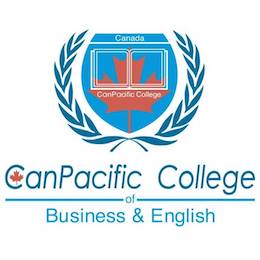A learning style is one’s preferred method and way of learning. Individuals who prefer to learn new material through hearing and listening are called auditory learners. In order to determine whether you’re an auditory learner, try asking yourself the following questions: Do I prefer speaking and listening to reading and writing? Do I better understand […]
Category: Tips/ ESL
This Week’s Proverb
“Practice makes perfect” This proverb is often used to encourage and motivate someone. If you want to learn a language or develop a skill, you should keep practicing. Facebook: https://www.facebook.com/canpacific LinkedIn: https://www.linkedin.com/company/2923770/ Instagram: https://www.instagram.com/canpacific/ Youtube: https://www.youtube.com/channel/UCzHi6Jd15XOCu-mn_F8-QwQ Special promotion: https://www.canpacificcollege.com/lead.php

“When life gives you lemons, make lemonade.”
The proverbial expression means that you should make the best out of a difficult situation and maintain a positive attitude. Facebook: https://www.facebook.com/canpacific LinkedIn: https://www.linkedin.com/company/2923770/ Instagram: https://www.instagram.com/canpacific/ Youtube: https://www.youtube.com/channel/UCzHi6Jd15XOCu-mn_F8-QwQ Special promotion: https://www.canpacificcollege.com/lead.php

Principle or Principal? Commonly Confused Words
Some words are often confused. Let’s clarify their meanings. Today’s pair is principle and principal. Principal is most often used as an adjective, while principle is solely a noun. A principle is a fundamental truth or a rule, such as in science and nature. The aforementioned noun is also used for morally right attitudes […]

Word Order
The word order of sentences that are not questions or commands is: Subject + Verb + Object + Adverbials (How? Where? When?) For example: “We had a great meal at an Italian restaurant yesterday.” There are a few other things to remember. Firstly, the adverbial of place is placed before the adverbial of time at […]

